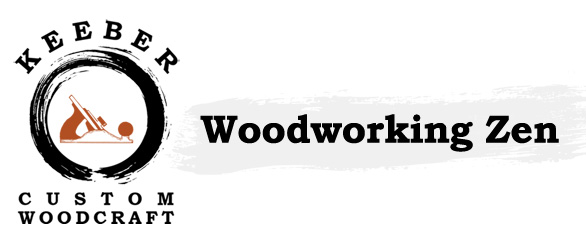After a couple of weeks with no posts here, I am back with some pics and description of the backgammon sets I am making. I had some side jobs that took me away from the really fun stuff. They weren’t as creative as I would have liked, but they did turn out nicely and the customers are very happy. But now I am back doing the more creative stuff and I want to catch you up on the steps it takes to realize a project.
A quick story… Many years ago, I convinced my son to help me build some Adirondack style chairs to give to his Mom and to Joy for Mother’s Day. At one point in the preparation of the many parts (literally a couple of dozen parts for each) for the four chairs – cutting, milling, sanding, sanding and more sanding – he protested, “How can you stand doing this?!” Clearly, the work isn’t for everyone, but I find great satisfaction in making each part correctly with the result that all the parts come together at the end to achieve the original vision. The challenge is to have a vision of a finished product and see each part and each step as an integral portion of the whole, rather that getting bogged down in the minutiae.
The backgammon sets I am creating are examples of the necessity of ensuring the parts are done right so the end product shows the very precise joinery and overall effect I am striving to achieve. That means selecting the right woods that will compliment one another, milling all the parts literally to the thousandth, and joining them together so that joinery is flawless. For this project, I have had to build some very precise jigs to help me machine the parts “just so.”

Three Jigs (click on images to enlarge)
In order to create the blocks from which the “cookies” are cut, three pieces were needed (a half wedge of wenge, a half wedge of maple, and a full wedge of sapele), so I built three separate jigs. The wood blanks were inserted in each and then run through the table saw. These needed to be accurate to the thousandth to ensure a precise fit of all the parts.
Here are the wedges all ready to be glued up into the blocks.
Now the blocks are glued.
Cutting the blocks into the “cookies” is the next step.
To make three backgammon sets, it takes 28 cookies of the wedges, plus 14 cookies of the sapele middle field.
Finally, the parts are assembled into mats of carefully book matched cookies of the wedge parts and the middle field parts. Two mats for each set meant six mats altogether. They are held together with tape to keep everything organized. Next week, I will take them to fellow woodworker’s shop to use his vacuum press for the glue-up.
After the initial glue-up, they will be sanded to final thickness. Then, I flip them over and glue veneers to the backside of each mat. That reverse side is the outside of the set. Then, there are the frames that surround each half and hinging them together. I also will need to turn wenge and maple playing pieces on the lathe. There is still lots of work to do. To ensure the project’s final success, careful attention is needed at each step. By creating each part with precision I ensure that the final product is realized exactly! Stay tuned for more…








